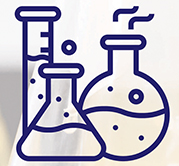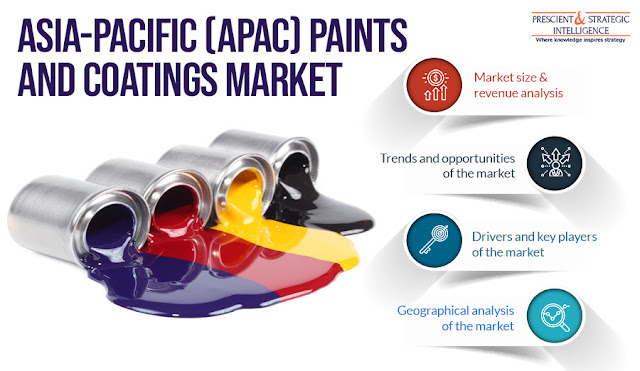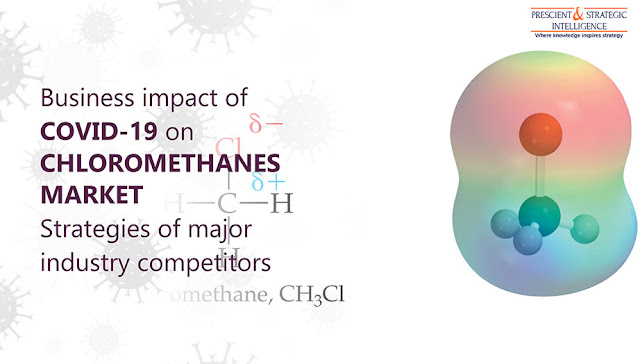The low levels of volatile organic compounds (VOCs) in acrylic surface coatings have led to their increasing adoption. This can be ascribed to the growing awareness about the harmful effects of VOCs, like cancer and respiratory illnesses. On account of these reasons, governments of various countries have amended norms to lower the VOC emission levels, which are coercing the manufacturers to develop eco-friendly coatings. Moreover, the amplifying environmental concerns have encouraged manufacturers and customers to shift toward acrylic products.
Furthermore, the increasing usage of coatings for decorative purposes will escalate the acrylic surface coating market at a CAGR of 5.2% during forecast period. The market was valued at $24,121.1 million in 2015, and it is expected to reach $34,720.3 million by 2022. These coatings are used for raising the aesthetic value of vehicles, interior and exterior walls, and furniture. As a result, the high-volume adoption of decorative coatings can be owed to the rapid urbanization and surge in the disposable income, globally. Moreover, the rising investments in the infrastructure sector, especially in developing nations, will boost the utilization of such products in the foreseeable future.
 |
| To learn more about this report: https://bit.ly/3fDIj7E |
The coatings offered by these companies are mostly applied on plastics, concrete, and metals. The manufacturing sector across the world is shifting toward acrylic coatings from oil-based coatings , as acrylic emulsions provide better color fastness, shorter drying time, and higher gloss and color retention than oil-based products. Moreover, this shift can be ascribed to the neurological and cellular damage caused by the VOCs contained in oil-based emulsions. Owing to such benefits, coating companies are developing special-purpose automotive original equipment manufacturer (OEM) and construction coatings.
According to P&S Intelligence, Asia-Pacific (APAC) will dominate the acrylic surface coating market in the coming years, while also displaying the fastest growth. This can be attributed to the vast consumer base, stringent norms for the utilization of environment-friendly coatings, and huge investments in the infrastructure sector. Besides, the growing automotive industry and rising purchasing power in the region will propel the adoption of such materials. For instance, China is one of the leading automobile manufacturing hubs, therefore uses large quantities of coatings to enhance the aesthetic appeal of vehicles.
Thus, the environment-friendly nature of acrylic surface coatings will boost their application in the automobile, construction, and furniture sectors worldwide.
Source: https://www.psmarketresearch.com


































